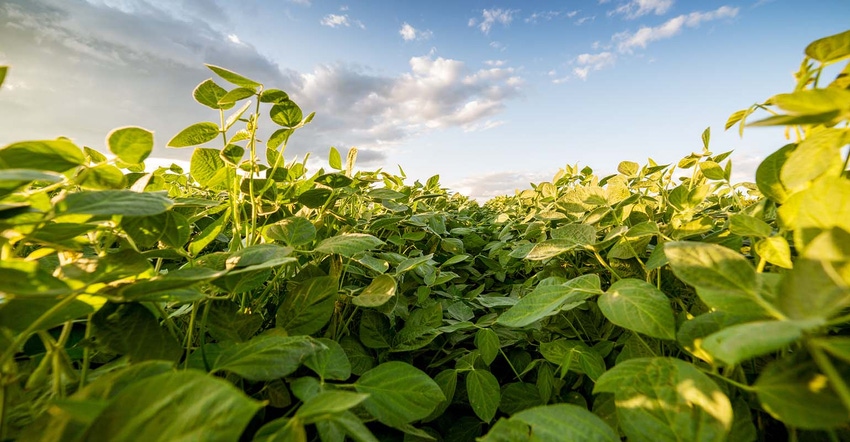
Ask the Argentines who produce specialty corn under contract for Kellogg’s. Or the Indiana guy who produces popcorn for Orville Redenbacher. Or certified organic producers.
One way to potentially make more money with commodity crops is to sell to niche markets. But how do you make a country’s commodity crop more valuable just because of its origin?
That’s a tricky one.
Now Brazilian ag leaders have taken the first steps to quantify higher value with a recent study on the greater protein content of a lot of their soybeans.
We started first
Pushing the soybean’s country of origin as a selling point is something that first started in the United States. Despite the impressive growth of niche markets, a group of farmers, researchers and traders wanted to make the U.S. flag stamped on commodity beans and products mean something special, the way some buyers abroad find Washington apples or U.S. frozen fries to be better.
Products that are sold based on origin, though, have to actually deliver something. Vidalia onions aren’t just sweet, they’re low-sulfur onions originally grown near Vidalia, Georgia, for example. Likewise, the Better Bean Initiative, started nearly 20 years ago, didn’t want to just say “Buy American” to foreign buyers: like Washington Apples, U.S. Potatoes and Vidalia Onions all offer not just a geography but real, measurable traits that stand behind the name.
But here comes Brazil
Mostly, foreign customers buy soybeans for the protein. Oh yeah, and also for the oil. A study by the Brazilian Ag Ministry’s Embrapa—a public ag research company—indicates that the average protein levels of Brazil’s 2014-15 through 2016-17 bean crops were about 2% higher than the U.S. crops of the same years. So, for each ton of Brazilian beans the customer bought, she was getting 2% more protein out of it for animal feed.
“This study aims to start up the discussion of those aspects related to soybean quality so that the necessary valuation of qualitative traits can be made at the time of sale,” says Marcelo Hirakuri, an Embrapa economic analyst.
Now, let’s be clear: the study is no more than a baseline measurement of the South American country’s state-per-state baseline average protein contents, which seem to vary quite a bit. But it’s a first step on a long road toward pushing Brazilian beans as better each and every day, year and decade, despite any short-term issues (like, say, a given season’s weather issues) that can produce the occasional hiccup.
The opinions of the author are not necessarily those of Farm Futures or Farm Progress.
About the Author(s)
You May Also Like






